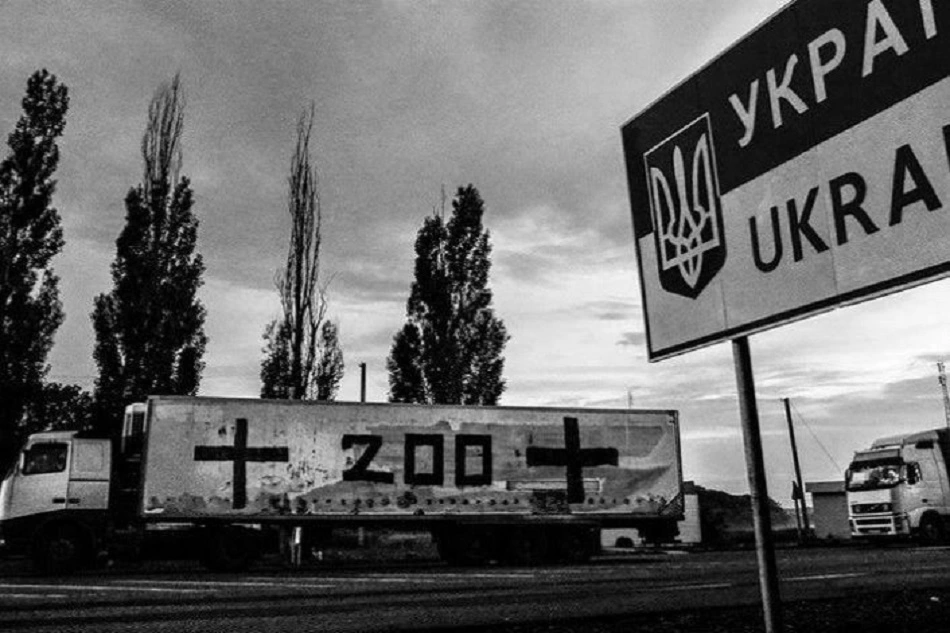In a daring raid, Ukrainian saboteurs demolished the headquarters of Russia’s 35th Combined Arms Army in occupied Zaporizhzhia, killing 18 officers and disrupting Russian military operations in a critical war zone.
ZAPORIZHZHIA, Ukraine — In a covert operation shrouded in secrecy, Ukrainian saboteurs infiltrated Russian-occupied Zaporizhzhia this week, obliterating the headquarters of Russia’s 35th Combined Arms Army. The strike, which killed 18 Russian officers, stands as one of Ukraine’s boldest moves in the region, exposing cracks in Moscow’s military command and signaling a new intensity in Ukraine’s resistance against Russia’s invasion, writes DROBRO.
Details of the raid are sparse, with Ukrainian authorities maintaining silence to protect operational security. Sources familiar with the mission suggest small teams of operatives used precision explosives to destroy the headquarters, a key hub for Russian military coordination in southern Ukraine. The loss of 18 officers, likely including high-ranking commanders, cripples Russia’s ability to manage its forces in Zaporizhzhia, a strategically vital region occupied since early 2022.
Zaporizhzhia has been a focal point of the war, not least because it hosts Europe’s largest nuclear power plant, currently under Russian control, raising global fears of a nuclear mishap. The region’s partial occupation has fueled a fierce Ukrainian resistance, with partisans and special forces targeting Russian assets. This strike follows a series of sabotage operations, including a recent attack on a Russian fuel train that sparked a massive fire and disrupted supply lines. Express.co.uk
The timing of the attack carries weight. Days earlier, Russian forces launched a barrage of missiles and drones on the Ukrainian-held city of Zaporizhzhia, killing one civilian and injuring dozens, according to local officials. Reuters The sabotage operation appears to be a calculated retaliation, underscoring Ukraine’s ability to strike deep behind enemy lines. “This is both a tactical and psychological victory,” said Olena Mykhailova, a Kyiv-based defense analyst. “It tells Russian commanders they’re vulnerable, even in fortified strongholds.”
Ukraine’s shift toward asymmetric warfare reflects its need to counter Russia’s advantages in manpower and heavy weaponry. With Western aid critical but sometimes inconsistent, Ukrainian forces have increasingly relied on guerrilla tactics to disrupt Russian operations. The destruction of the 35th Army’s headquarters could force Moscow to divert resources to secure its command posts, weakening its front-line positions.
In occupied Zaporizhzhia, the war’s toll on civilians is unrelenting. Russian shelling has ravaged communities, while Ukrainian resistance fighters risk their lives operating in hostile territory. Yet, strikes like this one lift spirits, offering hope of eventual liberation. “Every blow we land brings us closer to freedom,” said a Zaporizhzhia resident, speaking anonymously to avoid Russian reprisals.
Russia has not publicly acknowledged the attack, a common tactic to downplay setbacks. But the loss of 18 officers is a significant hit, likely to reverberate through Moscow’s military hierarchy. As Ukraine ramps up its sabotage campaign, the world is watching. President Volodymyr Zelenskyy, who has repeatedly urged for more Western military support, may see this operation bolster his case for advanced weapons and intelligence aid.
As the war nears its fourth year, Ukraine’s ability to pull off such high-stakes operations signals a resilience that continues to defy the odds. The raid on Russia’s 35th Army headquarters is more than a battlefield success—it’s a testament to Ukraine’s unyielding resolve to reclaim its land and future.
